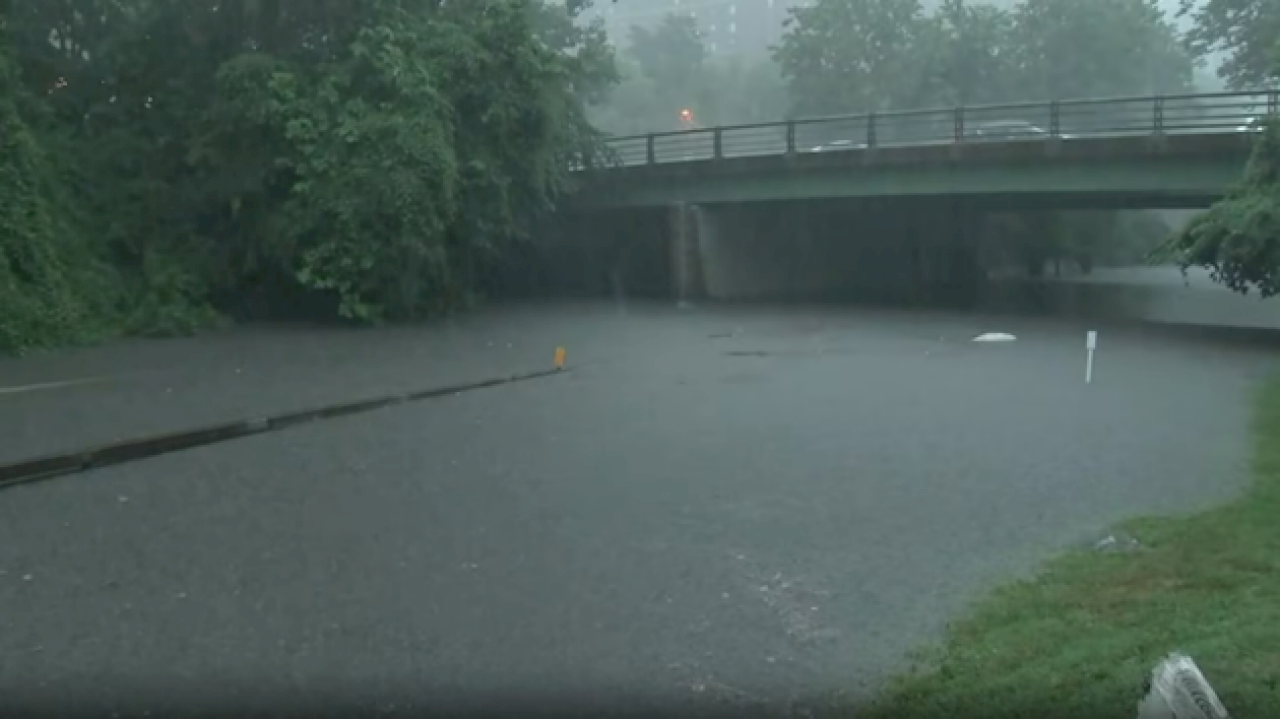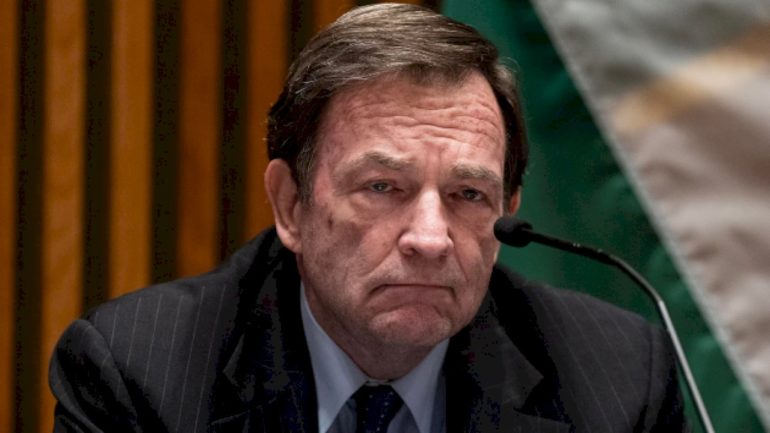Listeners:
Top listeners:
-
 play_arrow
play_arrow
94.3 Rev-FM The Rock of Texas | Where Texas Rocks
-
 play_arrow
play_arrow
99.1 The Buck Texas Country's Number 1 Country
-
 play_arrow
play_arrow
103.7 MikeFM Your Texas Hill Country Mix Tape
-
 play_arrow
play_arrow
KERV 1230 AM
-
 play_arrow
play_arrow
JAM Sports 1 JAM Broadcasting Sports 1
-
 play_arrow
play_arrow
JAM Sports 2 JAM Broadcasting Sports 2
Climate change is amplifying extreme rain events in the Northeast, research shows

(NEW YORK) — The extreme rainfall that occurred in the Northeast on Monday will likely occur more often in the future as a result of climate change, research shows.
The Northeast has experienced the largest regional increase of extreme precipitation in the U.S., with a 60% increase in recent decades, according to the U.S. government’s Fifth National Climate Assessment, a summary of the latest climate science research findings by 14 different federal agencies, published in November 2023.
Extreme precipitation events are very rare, defined as the top 1% of daily precipitation events.
While it’s problematic to attribute any specific weather event solely to climate change, global warming is amplifying naturally occurring events, like the torrent of rain that fell on the Northeast on Monday evening, making them more intense.
New York City’s Central Park preliminarily recorded its second-highest hourly rainfall total since 1943, measuring 2.07 inches of precipitation in one hour at around 7 p.m. on Monday, according to the National Weather Service (NWS). The amount of rain that fell in one hour represents a 1-in-20-year flood for Central Park, meaning there is a 5% chance it could happen in any given year.
The record for most precipitation in one hour in Central Park was set on Sept. 1, 2021, when the remnants from Hurricane Ida caused 3.15 inches of rain to fall, flooding basement apartments in the city and killing 13 people.
The deluge of water caused subway lines to flood, with water even rushing from platforms and into train cars. In at least one instance, the city sewer overflowed into the subway system, according to the city’s Metropolitan Transportation Authority.
Between one and five inches of water fell in neighboring northern and central New Jersey, with the highest totals measured in the regions around Plainfield, New Jersey and White Plains, New York – about five inches, according to the NWS. Metro-North and New Jersey Transit commuter train lines experienced service disruptions due to downed trees and flooding, and numerous roadways in the region were closed due to floodwaters. Two people were killed when their car was swept into the overflowing Cedar Brook river in Plainfield, officials said.
According to climate scientists, human-amplified climate change is causing extreme rainfall events to become more frequent and more intense. More intense extreme rainfall events also increase the frequency and scale of flash flooding as the influx of water is more than existing infrastructure was built to handle, according to the Fifth National Climate Assessment.
Additionally, human-amplified climate change has contributed to increases in the frequency and intensity of the heaviest precipitation events across nearly 70% of the U.S., the Fifth National Climate Assessment found.
ABC News’ Climate and Weather Unit contributed to this report.
Copyright © 2025, ABC Audio. All rights reserved.
Written by: ABC News
Similar posts
-
Top popular

Ingram man charged with murder after fatal shooting

Kerr Crime Stoppers offering reward up to $5,000 for information in last week’s non-viable school threat

KISD asks parents to communicate with children about words and actions after ‘copy cat’ threat note found at middle school

City of Kerrville Parks and Recreation reminds citizens that a Red Flag Warning is in effect until further notice

City of Kerrville says that May 7 General and Special Elections will proceed



